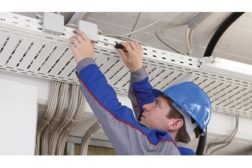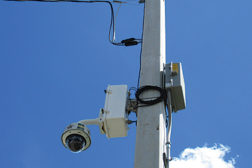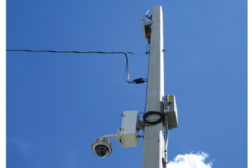Home » Keywords: » video transmission
Items Tagged with 'video transmission'
ARTICLES
Video Transmission & Power Management 101
Understanding and knowing how to evaluate the various technologies and products ensures the performance and reliability of video surveillance systems
November 9, 2014
Factors in Video Transmission
Distance, capacity and infrastructure play a large role in determining which road video should take to get from point A to point B.
October 1, 2013
More Options for Wireless Video
Integrators have more options for wireless video surveillance than ever before. However, there are choices to be made, including licensed and unlicensed solutions, transmission distance, number of cameras supported, and more.
August 10, 2012
Be in the forefront of security intelligence when you receive SDM.
Join over 10,000+ professionals when you subscribe today.
SIGN UP TODAY!Copyright ©2025. All Rights Reserved BNP Media.
Design, CMS, Hosting & Web Development :: ePublishing



